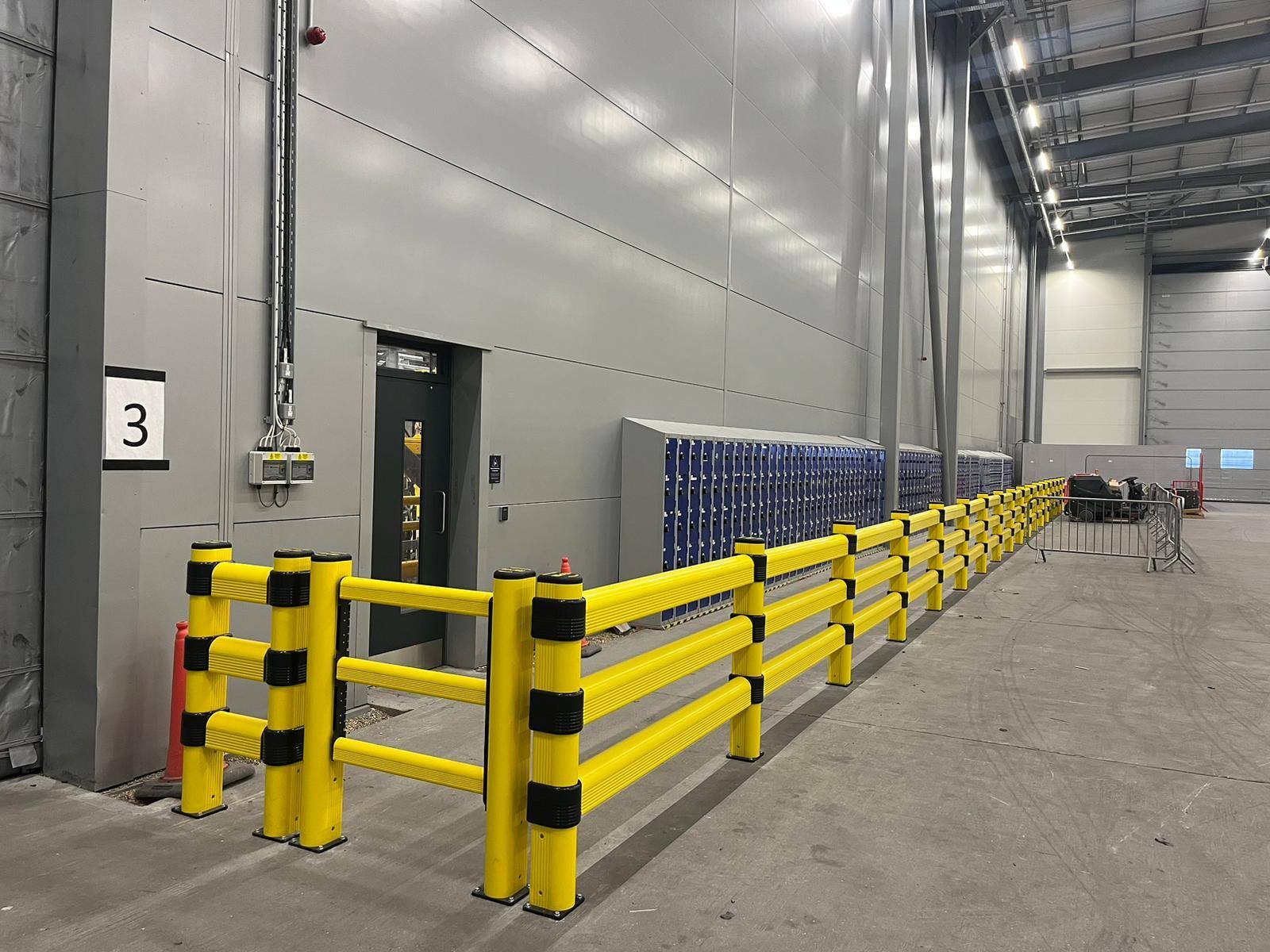Which polymer barriers have the lowest carbon footprint in 2024?
 By
Caleb Shaw
·
3 minute read
By
Caleb Shaw
·
3 minute read
As the fight against climate change heats up, companies are becoming increasingly conscious of their environmental impact. It’s no longer acceptable to do nothing. There are targets to meet.
Here at Clarity, we supply polymer barriers. Just like our customers, we are actively looking at ways to reduce our environmental impact. This article isn’t about us though. We want to discuss the most common question our customers ask us on this topic.
"Are your barriers recyclable", but as we always ask, "What is the real question here?" The real question is usually centered around "Which barriers are the most sustainable option?"
Having worked in the polymer/Chemical manufacturing industry in the UK for the last decade, sustainability is a really challenging topic that no one likes to talk about, but in this article we will address the elephant in the room: sustainability & polymers.
This article will discuss what you might mean by ‘Sustainable polymer barriers’. It will then make you aware of the drawbacks associated with these types of barriers. They often can hinder you from achieving sustainability targets.
By the end of the article, you will know what to look for when searching for a ‘sustainable polymer barrier’.
What is a sustainable polymer barrier?
When companies are looking for a sustainable option, it’s likely polymer manufacturers can market something as ‘green’ when it actually isn’t very sustainable.
When customers ask us for sustainable polymer barriers, we like to understand what really mean. A request for ‘low carbon footprint’ could mean something different for each company. There are often four main options that could indicate what a customer wants:
- A barrier from renewable sources
- A recyclable barrier
- A Barrier made from recycled content
- A barrier with a minimal carbon footprint

Can renewable raw materials make a barrier sustainable?
There has been a growing focus on decreasing carbon emissions and lessening reliance on fossil fuels. As a result, many polymer barriers utilize non-renewable raw materials.
This is why renewable barriers, made from sources such as plants or bio-based materials, are becoming increasingly popular. They decrease the need for non-renewable sources and lower carbon emissions in the production process.
When customers ask us for a ‘Sustainable polymer barriers’, they often mean a barrier that has renewable raw materials. However, these renewable raw materials will often have significantly lower performance.
When considering sustainable barriers, it's crucial to assess the level of performance you're willing to compromise. It can be difficult to come across durable and high-strength barriers that are also made from sustainable materials.
Nonetheless, with advancements in technology and research, barriers manufactured from renewable materials are likely to become significantly better.
Are polymer barriers recyclable?
Virtually every barrier manufacturer will claim their barriers to be recyclable, Recyclability really comes down to the availability of a local recycling scheme for the particular polymer that they are made from.
In the UK we are blessed with a number of recycling companies that can recycle polymers such as PVC, HDPE etc so from that perspective they are recyclable. Unfortunately, most barriers end up in some kind of landfill or incinerator, especially when they need to 'refresh' the site.
.jpeg?width=383&height=511&name=WhatsApp%20Image%202024-06-14%20at%2007.40.29%20(1).jpeg)
Can barriers be manufactured from recycled materials?
Some manufacturers do use a limited amount of recycled content within their products, there are 2 main challenges when it comes to using recycled content: cost and specification.
Because of the costs involved in recycling polymers, most of the time, recycled polymer actually costs more than virgin polymer therefore, many producers prefer to use virgin stock.
With a recycled polymer, the specification tolerance is usually much looser, which means that for a manufacturer to guarantee the performance of their product, they would need to manufacture it to a much higher specification to guarantee the minimum performance results, whereas they can achieve a more consistent performance with a virgin polymer.
Mostly, to guarantee consistent performance of their product, manufacturers prefer to use virgin polymers and not recycled materials.
Which barriers have the lowest carbon footprint?
Now that we know that most barriers are recyclable but in the main not made from recycled materials or bio-based materials, we then need to look at the other factors that make a difference in sustainability, This includes Carbon footprint from manufacturing and shipping, expected lifespan and reducing the amount of components that are disposed of in the event of a barrier becoming damaged.
We at Clarity stand behind MPM protections (pardon the deliberate pun), MPM are not a UK manufacturer and therefore the products are shipped in from Italy. However, In my experience over the last decade, Most polymers are sourced from all over the world and in fact, a lot of polymer is produced in China making the actual location of the finished goods manufacturing site a bit irrelevant. If you want a UK manufactured product which is end-to-end produced in the UK - the nearest thing you will find is a steel barrier produced at one of the UK diminishing steelworks.
This leaves the next best option - a manufacturing facility which has strong sustainable manufacturing processes. MPM is a 'closed loop' manufacturer, recycling all their water, zero waste to landfill and producing all their own solar electricity.
MPM barriers are made from PVC, just like many windows and doors in the UK. PVC can be expected to last in excess of 20 years in service. If you are choosing barriers that may be used externally - check for long term weatherability and durability - see article Can polymer barriers be used externally?
Finally, one of the biggest key features of the MPM barriers range is the modularity, what happens if you change your layout in your factory? Increase the FLT size? want to extend or add a gate? The MPM range of barriers can be extended, shortened, adapted and upgraded! Some barriers will need to be discarded if you want to change a layout, extend, adapt or upgrade but the MPM range can mitigate that problem. Take for example the PED150, this can be upgraded to a PED150 Link upgrading the impact rating up to 5X higher.
Ready to reach out? Contact us here or download the factory fit-out guide below.




